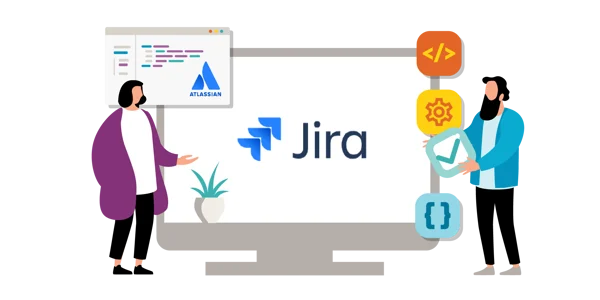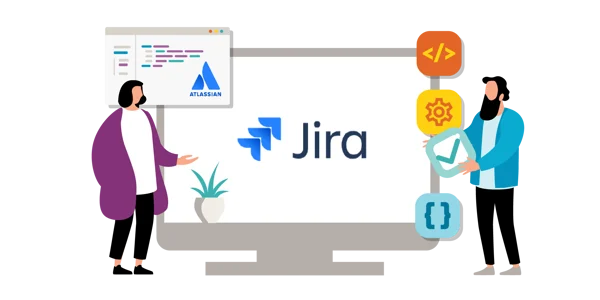How to Ensure Success with JIRA Training?


JIRA, a highly regarded project management tool from Atlassian, is celebrated for its capacity to enhance team collaboration, task management, and issue tracking. To fully unlock the potential of this robust tool, it is crucial to receive appropriate JIRA training. Yet, mere attendance at a training session won’t suffice; one must strategically approach JIRA training to attain maximum success. In this essay, we’ll explore important steps to optimize your JIRA training experience and effectively harness JIRA’s features for superior project management.
Contents [show]
Understanding the Purpose and Scope of JIRA Training:
Before you dive into JIRA training, it’s really important to grasp the purpose and extent of the training. JIRA offers a wide range of features, so it’s vital to pinpoint which aspects will be covered during the training. Whether it’s about JIRA administration, project management, or agile methodology, having a clear understanding of the training goals will help you manage your expectations and concentrate your efforts on the relevant parts of JIRA.
Preparation and Familiarization:
Before you head to your JIRA training, it’s helpful to get acquainted with the fundamental ideas and features of JIRA. Take some time to explore through self-study or online tutorials. By getting a basic understanding of JIRA’s interface, workflows, and terms, you’ll build a strong foundation and make the most of your training. Moreover, if you identify any particular project management hurdles or objectives, it’ll help customize the training to meet your specific needs.
Active Participation and Engagement:
In order to make the most of your JIRA training sessions, it’s important to actively participate. Make sure to engage with the trainers, don’t hesitate to ask questions, and take part in hands-on exercises as much as possible. Actively listen and jot down comprehensive notes to reinforce your learning and have a handy reference tool for later. Remember, embracing a collaborative and inquisitive mindset will guarantee that you extract the utmost value from these training sessions.
Practice and Application:
Once you finish the training, it’s really important to solidify what you’ve learned by putting it into action. You can do this by either using JIRA for actual projects or creating pretend situations to practice with. By actively using JIRA’s different features and functions, you’ll strengthen your understanding and feel more comfortable using the tool for effective project management.
Continuous Learning and Improvement:
JIRA is an ever-evolving tool, always getting updated and improved. To make the most of JIRA and stay up-to-date, it’s crucial to keep learning. You can find support by joining peer communities, exploring official Atlassian resources, and attending advanced training sessions. These resources ensure you’re aware of any new features or changes that come with each update. Continuous learning empowers you to adapt to changing project management needs and enhances your proficiency in using JIRA over time.
Measuring Progress and Success Metrics:
In order to assess how effective JIRA training is, it’s crucial to set measurable goals. These goals can involve quicker project completion, better teamwork, faster issue resolution, or improved project management efficiency. By measuring these goals both before and after JIRA training, individuals and organizations can easily calculate the impact of the training and determine if it successfully achieved their desired outcomes.
Also Read: The Key to Successful Team Leadership: Project Management Education and Training
Conclusion:
JIRA training is a must if you want to unlock the full potential of this powerful project management tool. To make sure your JIRA training experience is a success, just follow these steps:
- Understand the purpose and scope of the training: This will give you a clear idea of what you can achieve through JIRA training.
- Actively engage during the sessions: Don’t just sit back and listen passively. Participate, ask questions, and make the most out of the training.
- Continuously learn and improve: JIRA proficiency is a journey, not a destination. Keep seeking knowledge and stay updated with the latest features and best practices.
By applying what you’ve learned in practical scenarios and measuring your progress using specific success metrics, you’ll start reaping the benefits of JIRA training. This will not only empower you but also your organization, helping you excel in your project management endeavors.





